-
×
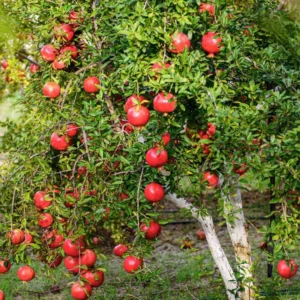 Wonderful Pomegranate Tree Live Plant - 6 to 8 Inches Tall, Pomegranate Fruit Tree Plant for Home Garden
$24.99
Wonderful Pomegranate Tree Live Plant - 6 to 8 Inches Tall, Pomegranate Fruit Tree Plant for Home Garden
$24.99 -
×
 Peach Tree Live Plant, Sweet Peach Tree, 3-4 Feet Tall in 3 Gallon Pot for Full Sun
$179.99
Peach Tree Live Plant, Sweet Peach Tree, 3-4 Feet Tall in 3 Gallon Pot for Full Sun
$179.99 -
×
 Lemon Cucumber Seeds, 50 Cucumber Plant Seeds, Cucumber Seeds For Planting Outdoors Indoors, Vegetable Seeds
$8.49
Lemon Cucumber Seeds, 50 Cucumber Plant Seeds, Cucumber Seeds For Planting Outdoors Indoors, Vegetable Seeds
$8.49 -
×
 Fragrant Mock Orange Shrub, Mock Orange Live Plant, Hardy Mock Orange for Hedges in Quart Pot, 1 to 2 Feet Tall
$34.99
Fragrant Mock Orange Shrub, Mock Orange Live Plant, Hardy Mock Orange for Hedges in Quart Pot, 1 to 2 Feet Tall
$34.99 -
×
 Yellow Coneflower Echinacea Plant Set - 3 Rooted Perennial Flowers - Outdoor Garden
$25.50
Yellow Coneflower Echinacea Plant Set - 3 Rooted Perennial Flowers - Outdoor Garden
$25.50 -
×
 Asparagus Seeds For Planting, Vegetable Seeds For Planting, Asparagus Vegetable Seeds, 400 Seeds
$19.99
Asparagus Seeds For Planting, Vegetable Seeds For Planting, Asparagus Vegetable Seeds, 400 Seeds
$19.99 -
×
 Wonderful Pomegranate Tree Live Plant - 10 to 12 Inches Tall, Pomegranate Fruit Tree or Bush, Perfect for Indoor or Outdoor Growing
$29.99
Wonderful Pomegranate Tree Live Plant - 10 to 12 Inches Tall, Pomegranate Fruit Tree or Bush, Perfect for Indoor or Outdoor Growing
$29.99 -
×
 Salmon Epiphyllum Orchid Cactus - 2 Live Plants - 5 Inch Tall - Indoor Succulents
$33.50
Salmon Epiphyllum Orchid Cactus - 2 Live Plants - 5 Inch Tall - Indoor Succulents
$33.50 -
×
 5-7 Japanese Dwarf Pennywort Aquarium Plant Live Stems, Japanese Dwarf Pennywort Aquarium Plant Live, Aquarium Plant Live, Red Ludwigia Live Aquarium Plants
$15.99
5-7 Japanese Dwarf Pennywort Aquarium Plant Live Stems, Japanese Dwarf Pennywort Aquarium Plant Live, Aquarium Plant Live, Red Ludwigia Live Aquarium Plants
$15.99 -
×
 Set 3 Wonderful Pomegranate Tree Live Plant - 5 to 7 Inches Tall, Pomegranate Fruit Tree Plant for Home Garden
$99.98
Set 3 Wonderful Pomegranate Tree Live Plant - 5 to 7 Inches Tall, Pomegranate Fruit Tree Plant for Home Garden
$99.98 -
×
 Live Pawpaw Tree, Paw Paw Plant, Indian Banana in Pot, 5 to 7 Inc Tall
$25.99
Live Pawpaw Tree, Paw Paw Plant, Indian Banana in Pot, 5 to 7 Inc Tall
$25.99 -
×
 Purple Campanula Plant, Campanula Flower Plant 4 Inches Tall In Pot, Fall Flower Plant For Growing
$25.99
Purple Campanula Plant, Campanula Flower Plant 4 Inches Tall In Pot, Fall Flower Plant For Growing
$25.99 -
×
 2 American Elderberry Bushes, 6-12 Inch Tall, Black Elderberry Plants High Yielding, Hardy Fruit Plants
$29.99
2 American Elderberry Bushes, 6-12 Inch Tall, Black Elderberry Plants High Yielding, Hardy Fruit Plants
$29.99
Navel Orange Tree Live Plant – Navel Orange Tree No Ship To CA, HI, PR, GU, AK – Navel Orange Fruit Tree Live Plant 2 To 3 Feet Height In Large Pot
$126.98
Grow your own delicious oranges with this Navel Orange Tree! Ideal for zones 9-11, this 2-3 ft plant arrives in a large pot and produces seedless fruit. Limited shipping – order now!
Estimated arrival
Dec 19
Dec 24 - Dec 26
Dec 29 - Jan 02
Shipping and return policies: Our 30-Day Plant Health Guarantee covers issues with your plants within the first 30 days. Get in touch with us via email, and our team will review your concerns and, if necessary, provide you with a one-time replacement at no cost.

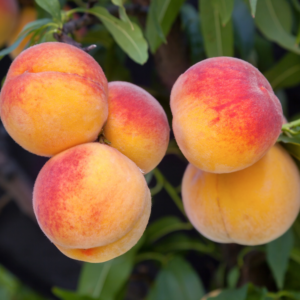 Peach Tree Live Plant, Sweet Peach Tree, 3-4 Feet Tall in 3 Gallon Pot for Full Sun
Peach Tree Live Plant, Sweet Peach Tree, 3-4 Feet Tall in 3 Gallon Pot for Full Sun 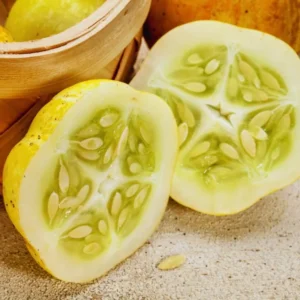 Lemon Cucumber Seeds, 50 Cucumber Plant Seeds, Cucumber Seeds For Planting Outdoors Indoors, Vegetable Seeds
Lemon Cucumber Seeds, 50 Cucumber Plant Seeds, Cucumber Seeds For Planting Outdoors Indoors, Vegetable Seeds 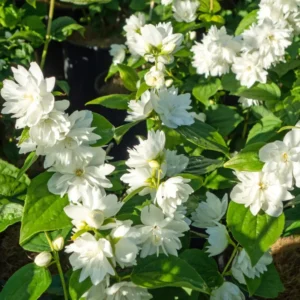 Fragrant Mock Orange Shrub, Mock Orange Live Plant, Hardy Mock Orange for Hedges in Quart Pot, 1 to 2 Feet Tall
Fragrant Mock Orange Shrub, Mock Orange Live Plant, Hardy Mock Orange for Hedges in Quart Pot, 1 to 2 Feet Tall 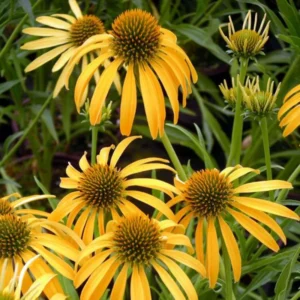 Yellow Coneflower Echinacea Plant Set - 3 Rooted Perennial Flowers - Outdoor Garden
Yellow Coneflower Echinacea Plant Set - 3 Rooted Perennial Flowers - Outdoor Garden 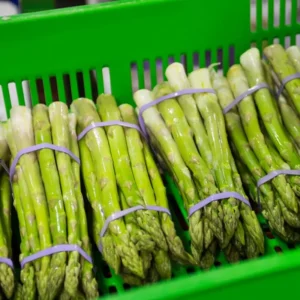 Asparagus Seeds For Planting, Vegetable Seeds For Planting, Asparagus Vegetable Seeds, 400 Seeds
Asparagus Seeds For Planting, Vegetable Seeds For Planting, Asparagus Vegetable Seeds, 400 Seeds  Wonderful Pomegranate Tree Live Plant - 10 to 12 Inches Tall, Pomegranate Fruit Tree or Bush, Perfect for Indoor or Outdoor Growing
Wonderful Pomegranate Tree Live Plant - 10 to 12 Inches Tall, Pomegranate Fruit Tree or Bush, Perfect for Indoor or Outdoor Growing 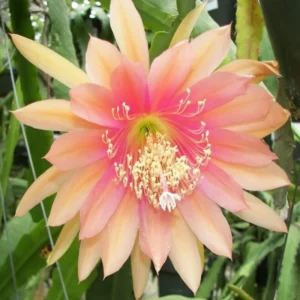 Salmon Epiphyllum Orchid Cactus - 2 Live Plants - 5 Inch Tall - Indoor Succulents
Salmon Epiphyllum Orchid Cactus - 2 Live Plants - 5 Inch Tall - Indoor Succulents 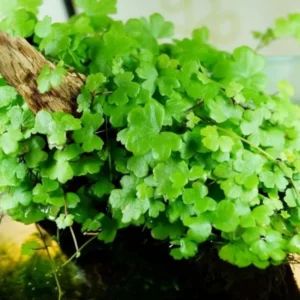 5-7 Japanese Dwarf Pennywort Aquarium Plant Live Stems, Japanese Dwarf Pennywort Aquarium Plant Live, Aquarium Plant Live, Red Ludwigia Live Aquarium Plants
5-7 Japanese Dwarf Pennywort Aquarium Plant Live Stems, Japanese Dwarf Pennywort Aquarium Plant Live, Aquarium Plant Live, Red Ludwigia Live Aquarium Plants 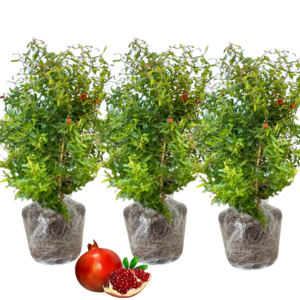 Set 3 Wonderful Pomegranate Tree Live Plant - 5 to 7 Inches Tall, Pomegranate Fruit Tree Plant for Home Garden
Set 3 Wonderful Pomegranate Tree Live Plant - 5 to 7 Inches Tall, Pomegranate Fruit Tree Plant for Home Garden 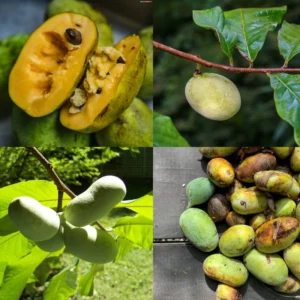 Live Pawpaw Tree, Paw Paw Plant, Indian Banana in Pot, 5 to 7 Inc Tall
Live Pawpaw Tree, Paw Paw Plant, Indian Banana in Pot, 5 to 7 Inc Tall 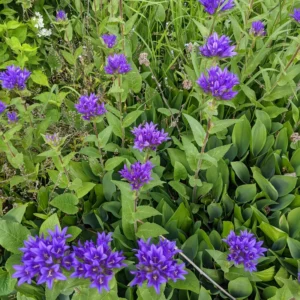 Purple Campanula Plant, Campanula Flower Plant 4 Inches Tall In Pot, Fall Flower Plant For Growing
Purple Campanula Plant, Campanula Flower Plant 4 Inches Tall In Pot, Fall Flower Plant For Growing 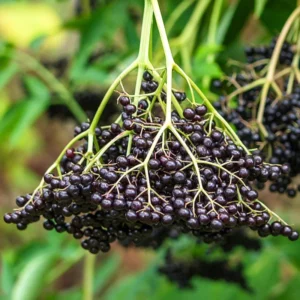 2 American Elderberry Bushes, 6-12 Inch Tall, Black Elderberry Plants High Yielding, Hardy Fruit Plants
2 American Elderberry Bushes, 6-12 Inch Tall, Black Elderberry Plants High Yielding, Hardy Fruit Plants 
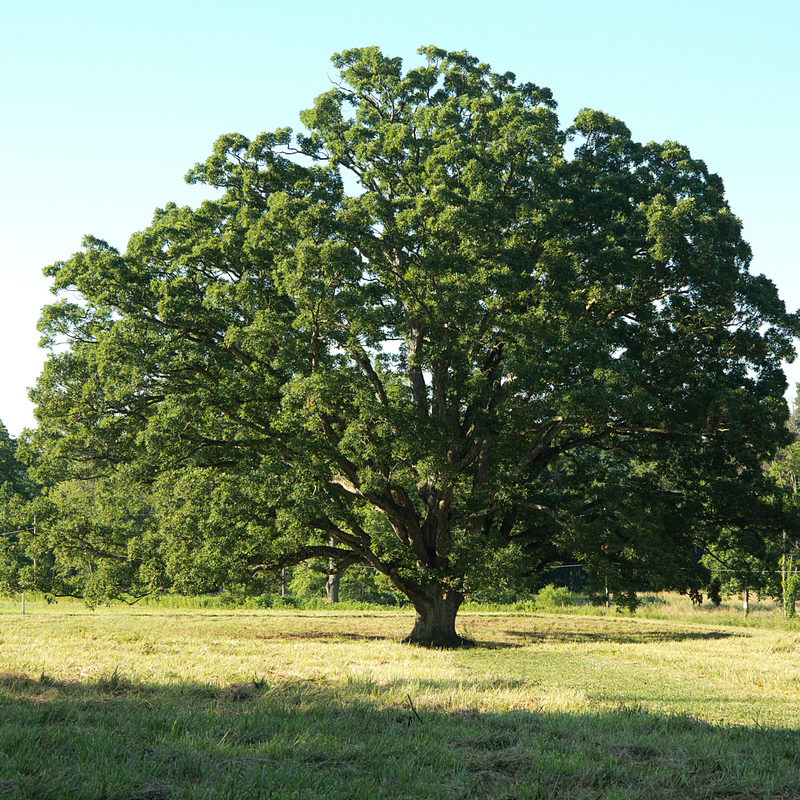

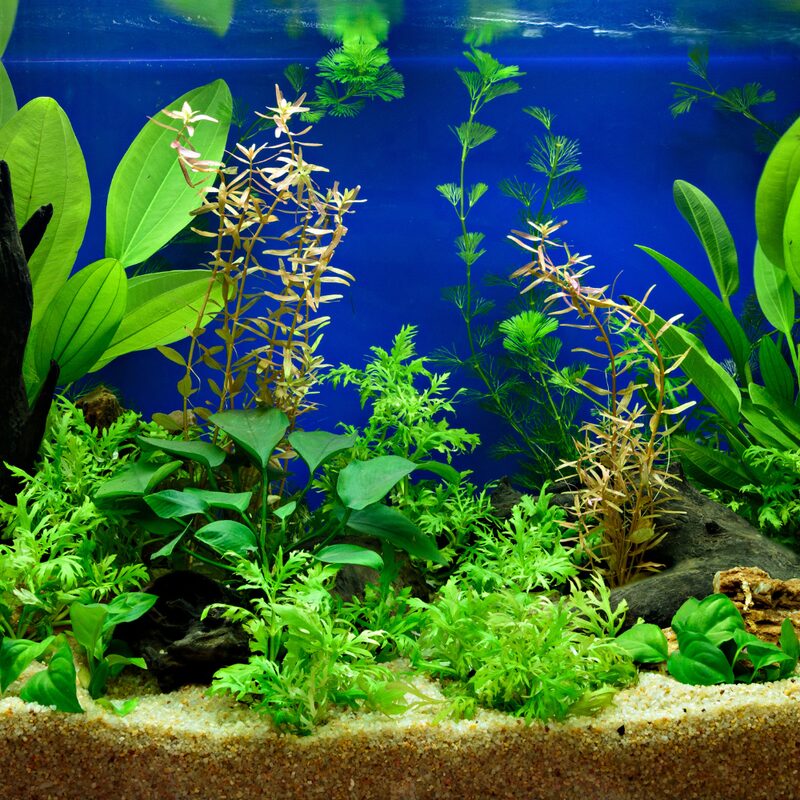
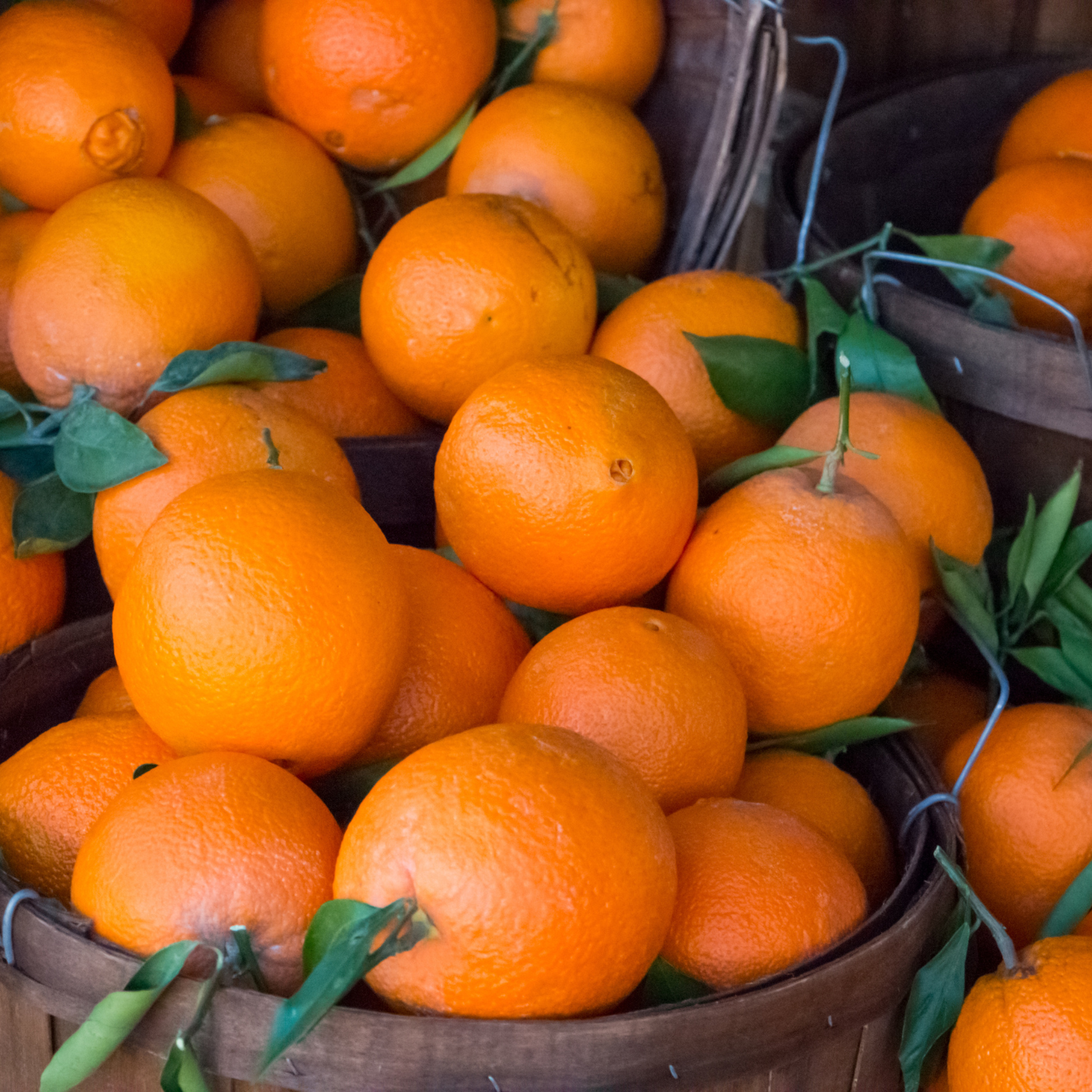
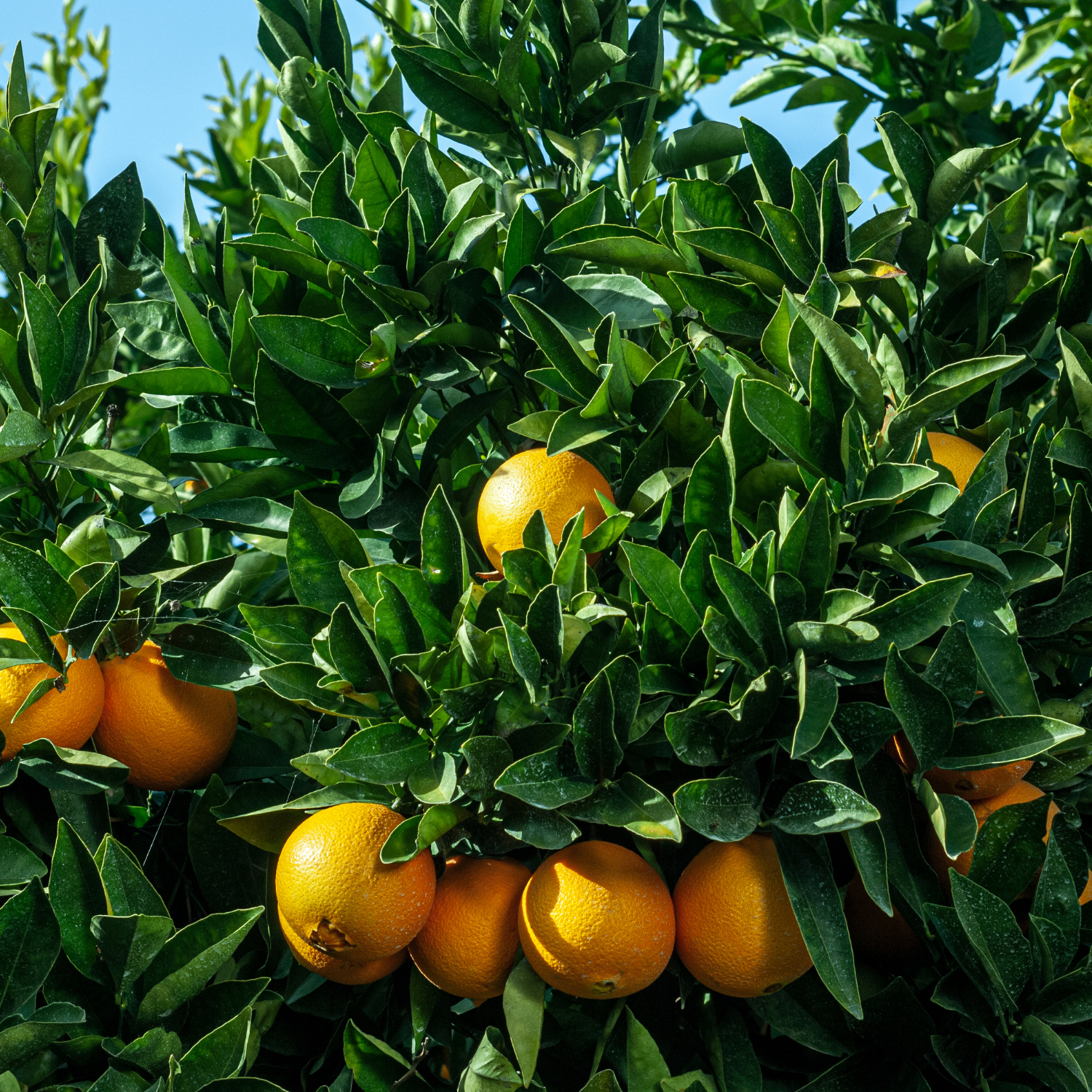

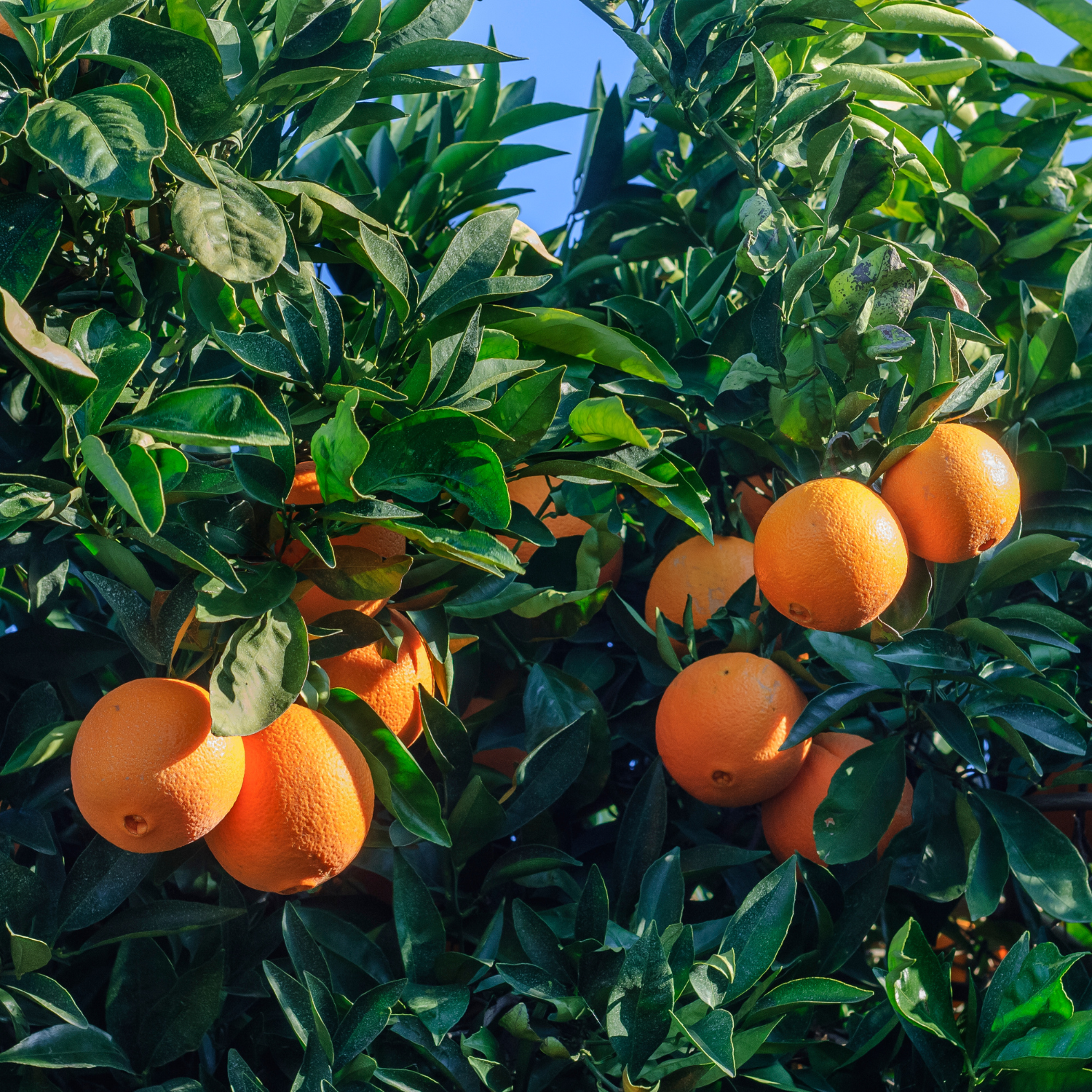
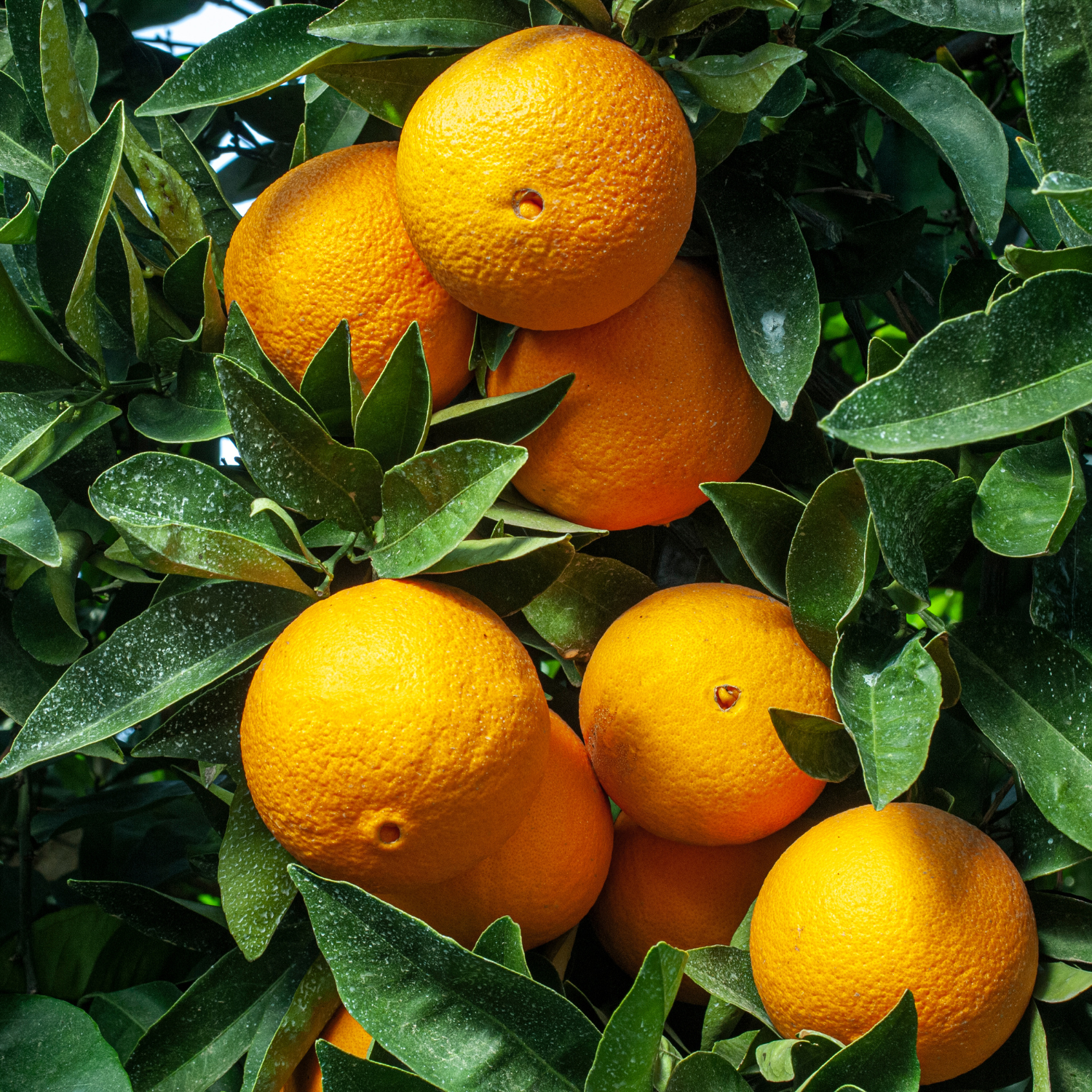

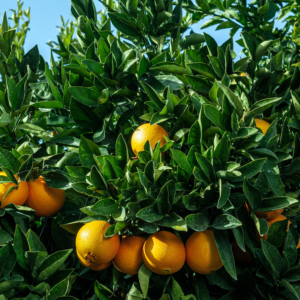

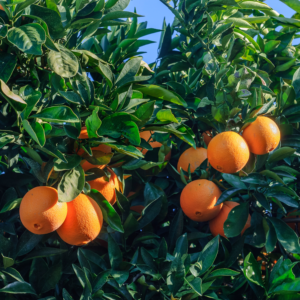
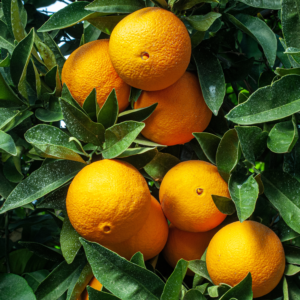


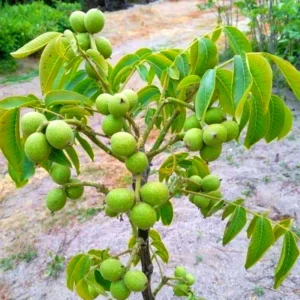


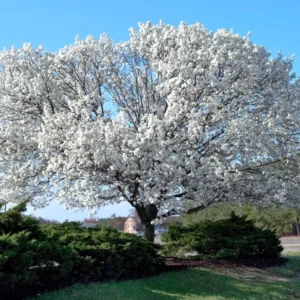
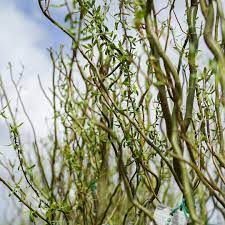

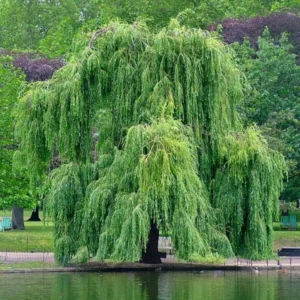
Reviews
There are no reviews yet.